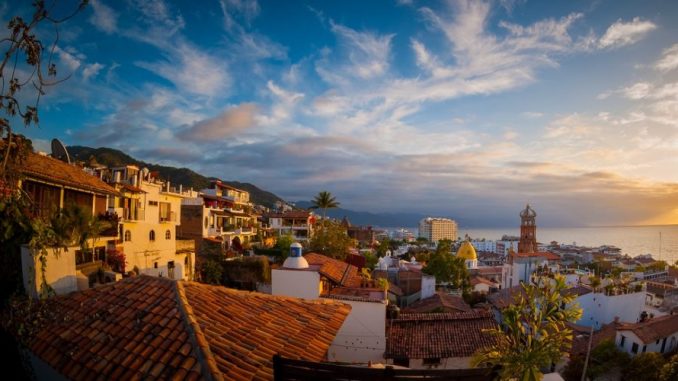The annual winter visitor, the magnificent humpback whale (Megaptera novaeangliae)
Is frequently encountered along the Nayarit coast from December till April, which makes whale watching in the Sayulita area such a thrilling and awe-inspiring experience. The humpback whale is one of the largest animals on the planet; with some adults measuring just over 50 feet and estimated to weigh up to 40 tonnes, a close encounter with this charismatic marine mammal is on the bucket list of many avid traveller.
With a worldwide distribution, the humpback whale is a migratory species that generally splits its year between high latitude cold-water feeding areas and low latitude (sub-)tropical breeding and calving areas. By the 1960’s humpback whales were on the brink of extinction due to heavy commercial harvesting of the early 20th Century, and the North Pacific population is believed to have been reduced down to 1000 individuals or less.
The return of this majestic species, over the last few decades, is one of the great recovery stories of the animal kingdom and today the North Pacific population is believed to have topped more than 20,000 individuals. Mexico is one of the ocean basins major breeding areas (alongside Hawaii), and the countries Pacific waters are estimated to receive 40 % of the population each year.
Nayarit is at the centre of one of Mexico’s three main breeding regions, and each year humpback whales can be watched from Sayulita’s beaches. Here to breed and calve, encounters with humpback whales at sea can be truly incredible, with newborn calves (babies), surface active whales that may breach more than 20 times, or large groups of physically competing males, just some of the encounters that are common in the area.








